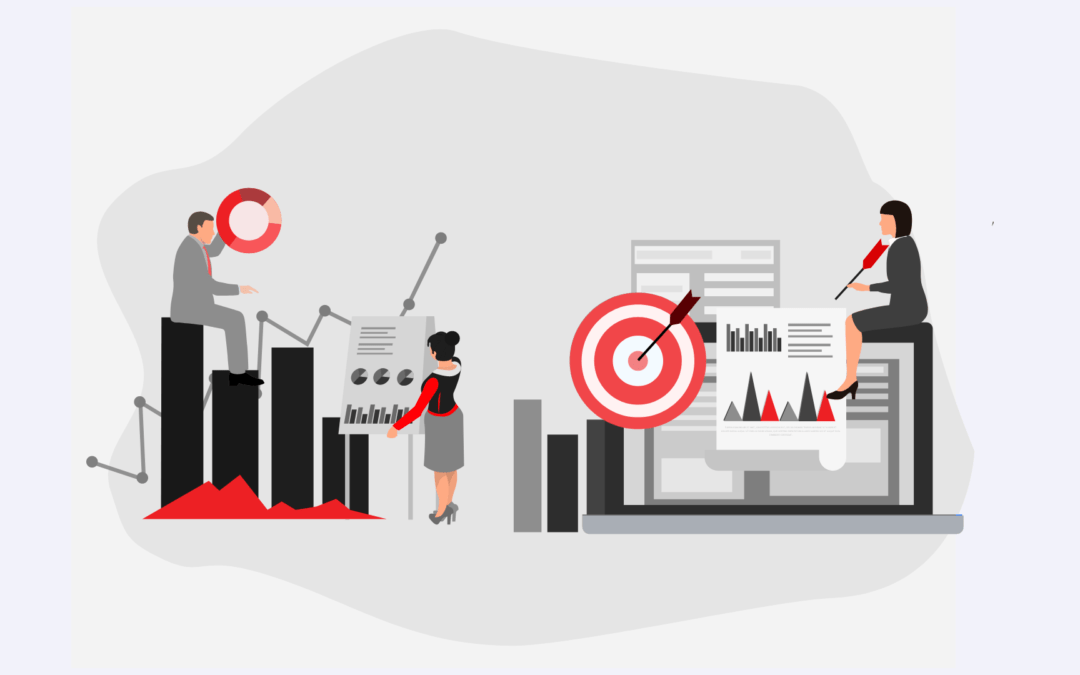The key is not to prioritize schedules but to schedule the priorities.
– Author Stephen Covey.
For a business owner, productivity is everything. The key to being the most productive is being organized. Accessing online free tools gives business owners an edge and places them at a level playing field with well-known corporate brands. Choosing the most popular productivity apps can help in meeting the business’ unique priorities and goals.
Organizing the business effectively offers numerous benefits, including enterprises that function more efficiently. Organized employees handle their time effectively, follow up on assignments and achieve strategic goals.
Taking advantage of cutting-edge technologies ensures the business makes use of tools for communication, collaboration and project management. Here are some of the popular simple free tools for organizing the business.
1. Google Drive
In a technologically progressive world, organizations have mounting storage needs. Further, 451 Research reveals shrinking budgets, growing data, and more responsive storage environment makes cloud services more attractive. One of the best in business is Google Drive.
Collaboration: To harness the power of true collaboration, Google Drive promotes seamless group work anytime, anywhere through secure file- sharing. Version conflicts and bottlenecks are eliminated as cloud-based solutions like Google Drive enhance team collaboration. Time zones and geographical distances don’t cause delays as edits to content are synced automatically. Collaborators can further schedule video conferences or hangouts for more than 15 individuals at one time. Background noise is muted easily using this app, which permits screen-sharing and streamlined communications.
Control and Visibility: Cloud offers strategic advantages. Google Drive has a host of security features like new admin controls, encryption, advanced file reporting, etc. Google Drive has enterprise-grade security infrastructure as well as controls.
Google Drive empowers organizations to customize all the conditions pertaining to file-sharing. Security tools permit the securing of devices, users management, permissions, and user activity audits. Admins can further upload and download files easily besides editing and sharing content with others. Encryption further ensures data is protected, even when transferred from Google data centers to mobile or smart devices. Stay protected and profitable with this free tool for organizing your business.
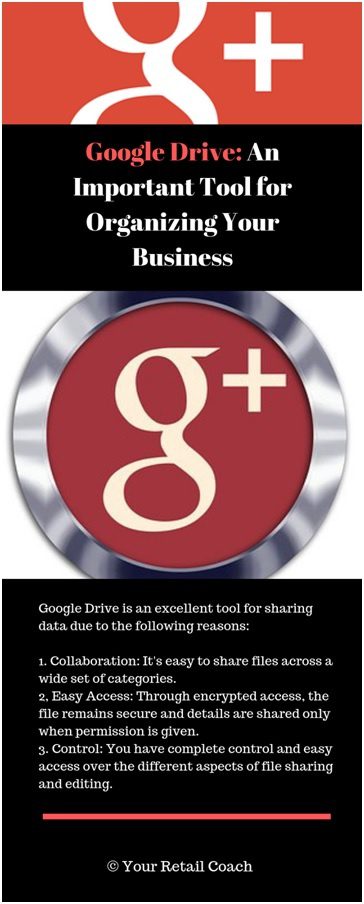
2.Google Sheet, Docs, PPT:
For documents that deliver an office suite an enterprise needs for free, nothing beats Google Docs. For decades now, MS Office has lost its supremacy as Google Docs, Spreadsheets and PPTs make the management of word processing software simple, seamless and free.
Apps have been moving off desktop installed software to software in the cloud. With Google Docs, you get a feature-packed word processor, presentation app and spreadsheet. Google Docs let you create, view and edit on each device from just about anywhere. Google Docs is part of the apps that a suite of apps that help businesses work smarter. Small businesses and enterprises use Google Docs for free.
Reduce running costs and begin to create, store and share documents created. Moving documents, spreadsheets, and presentations to the cloud is versatility. Further, Google Docs offers the same functionalities as desktop suites on any smart device.
Google Docs can seamlessly let you:
- Convert file types
- Invite individuals to collaborate, allowing edit, comment or view access.
- Collaborating and chatting with collaborators in real time. The document’s revision history can be viewed and rolled back
- Google Docs permits Word, OpenOffice, RTF, HTML, PDF or zip files. Translating documents and emailing these as attachments.
Even big businesses have been embracing Google Docs. This includes companies like ITN and media agencies like the UK’s The Guardian newspaper. For spreadsheets using Google Docs, basic editing features are available, along with a whole new level of user collaboration enabling chats in real time. One can:
- Create spreadsheets
- Collaborate and edit spreadsheets
- Import or convert to excel formats, CSV, TXT and ODS formats. Export files in these formats or even PDF and HTML files
- Use formula editing and formatting to calculate results and make data flawless.
- Chat in real time with individuals editing the spreadsheet.
- Creating charts.
Embedding spreadsheets in blogs or websites. PPT or presentation features of this Google Docs trinity are equally fully featured. Business can do any of the following:
- Share PPTs with co-workers and friends.
- Upload and convert presentations to Google Docs.
- Download PPTs as PDF, TXT or PPTX files.
- Insert videos and images or formatting slides.
- Publishing or embedding PPTs in business websites and improve audience reach.
- Draw organizational charts, design diagrams, and flowcharts.
- Add animations, slide transitions and themes to create PPTs.
For any business, Google Docs is invaluable as a tool which is easy to learn and apply.
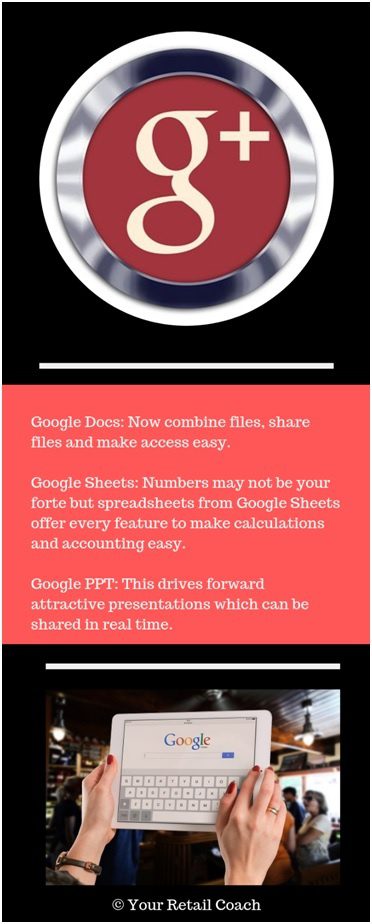
3.Asana: Simple TMS tool
Asana is a leading project management software considered for enhancing task management. It is a universal solution for task and project management, automating cumbersome communication or collaboration tasks. It is known for its accuracy and time-efficiency. Tracking tasks and discussing them in real time is easy. Once Asana is in place, email communications are no longer required. The program works with notes, combined tasks, groups as well as followers. There’s instant notification of any project changes.
The key benefits of Asana are as follows:
Prioritization and Project Segmentation: The Focus Mode lets companies focus on productive tasks and exclude those not supporting the strategy. When projects are broken down into subtasks and tasks, progress is tracked for even the smallest assignment as per the name and deadline. Users can further upload files from local devices, Box or Google.
Project Permissions and History: In Asana, each task, subtask, and project is included in the Activity Feed. Users and groups can be easily tagged.
Customization: Asana provides customizable dashboards where progress for each task can be followed and the status of each participant is clear. Dashboards can be used for group conversations and notifications, tracking leads, job applicants and customer queries.
Communication: Asana offers a smart inbox, All the corporate communication can easily be tracked without third-party services or apps. Large enterprises appreciate the fact that project communication is neatly accessed and stored. Files can even be shared from Google Dropbox, Box or local devices and chats can be initiated.
Unique Views: Asana also offers a prioritization list with automated notifications. Search filters can be used to locate files. Secure storage: Corporate conversations and projects are protected, and the highest security standards are met. Asana also integrates effortlessly with a wide range of services and apps.
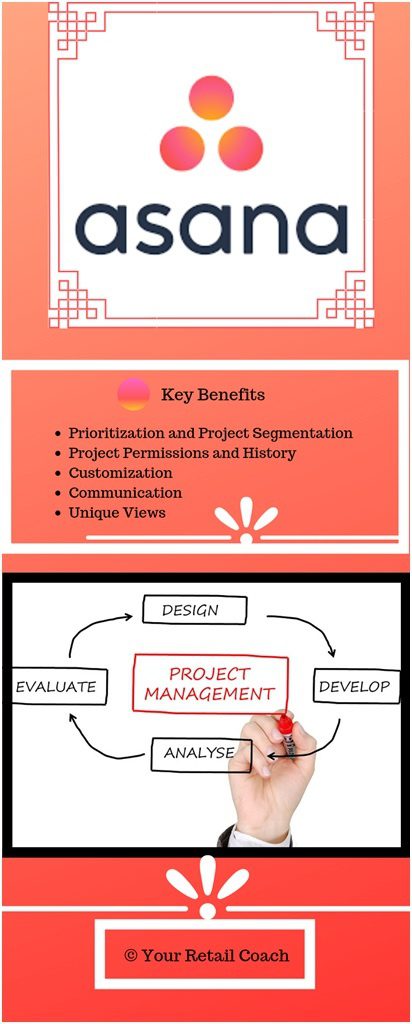
4. Google Calendar for events, meetings
Google Calendar is making life easier for businesses in so many ways. Whether you want to organize events or meetings, Google Calendars come with personal Gmail addresses and are simple to track.
Here are the ways Google Calendar can help businesses:
- Create calendars for professional events and meetings. This includes managing schedules, planning focused work time and scheduling repeating reminders.
- Schedule group meetings using the Suggested Times or Find a Time. Arranging scheduled meetings with multiple participants with busy schedules become way easier with this feature.
- Hide event details. This is particularly useful when meetings hosted or attended are sensitive in nature.
- Add Hangouts to events. Now you can even set up F2F remote meetings and Google sets up hangouts for event attendees. Add attachments. Referencing relevant documents becomes easier on Google Calendar with such features. Work with cross-cultural teams. If your office is spread out over time zones, the world clock feature in Google Calendar settings can prove really handy.
- Enable working hours. Not everyone works 9-5 and unconventional work schedules can easily fit in with these working hours.
- Email event guests, which is really useful when one is trying to reach a large group of people about an event. E
- Add specific meeting locations to facilitate the meeting. This facilitates the participants to find the location easily through directions. Change event notification times in advance of the meeting.
Arrange appointment slots Sync meetings with CRM, especially if settings indicate an existing integration with Google Calendar. Sync Google Calendar with marketing software.
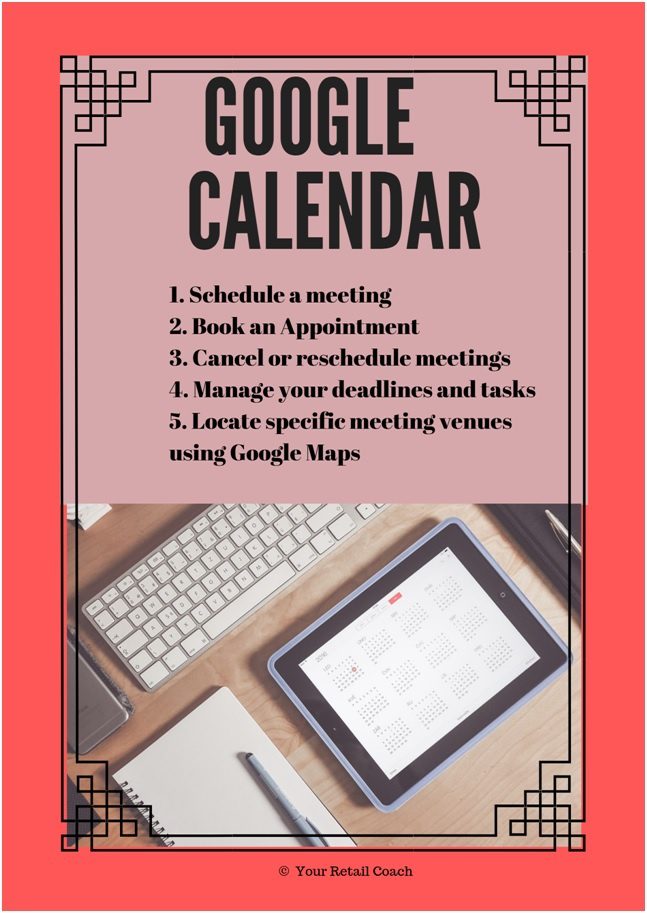
5. Trello for PMS
For project management software you can rely on, online board Trello is simply unbeatable. Organize Trello cards into lists. These cards can range across tasks, projects, notes, shared files or other aspects that help teams to work together. It is based on the premise that full visibility over relevant tasks and flexibility to rearrange as priorities change is important.
Trello replaces email and chats for task-based communications effortlessly. For boosting productivity or handling the team workflow, Trello is really essential. Study development schedules. Manage production workflows. Keep an eye on content marketing campaigns. Organize projects. The dedicated board lets you do all this and more. Trello is suited for agile methods to keep the Scrum board or apply the Kanban methodology. It is crucial for urgent and important tasks.
Creating new teams, boards and lists on Trello is extremely simple. Lists hold to-dos, in-progress tasks and items finished. When work gets done, cards need to reflect this and using this Trello feature makes it really convenient. Trello offers notifications and integrations with apps like Github, Slack, and Intercom. Create team spaces or boards effortlessly. Add team members and create lists. Break down tasks into cards. Assign tasks to team members. You can even attach files and track cards using Trello.
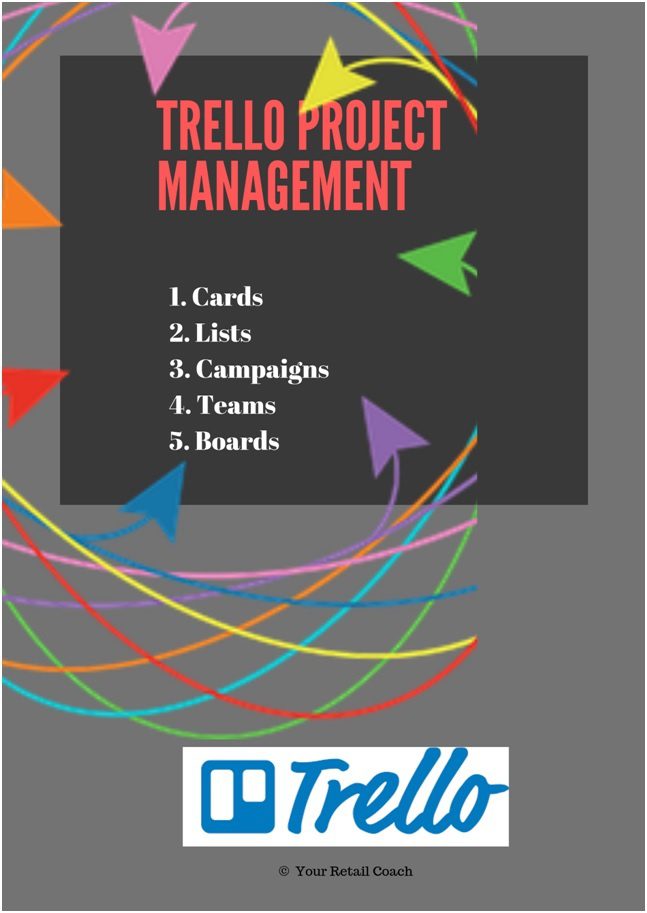
6. Google Keep: for notes
This note-taking app was released by Google in 2013. It garnered a lot of good reviews for simple note taking that lets you sync apps anywhere. This includes Chrome extensions, mobiles, and web pages. When one logs through Gmail, syncing is easy. .Google Keep opens up a webpage to switch devices easily without delay. In 2016, Google Keep added the feature of pinned notes. This enables businesses to maintain a hierarchy of notes.
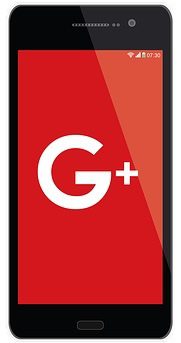
7. Whatsapp
Whatsapp may be the largest messaging platform out there, but though this tool can be used for communication, it should NOT be used to delegate tasks. Advantages of using Whatsapp range across sending free messages, using easy features, importing contacts from smartphones. Photos, locations, and statuses are easily shared.
You can, however, send video and audio messages of 16 MB or more, and send document files up to 100 MB.
Broadcast lists can send single messages to multiple work teams through single clicks. The only problem? It does not work without data offline and makes it tough to monitor task progress.
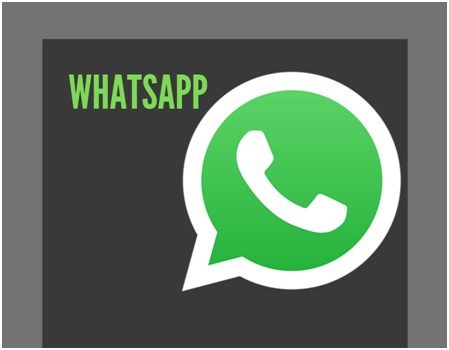
Conclusion
So this sums up simple business tools you can use to boost your productivity. Getting started on these free tools is simple, and cost-effective. For any business, cost savings are absolutely essential. This is why these tools can help in organizing your business and boosting profits, ROI, revenue and growth opportunities.
YourRetailCoach provides SOP, Market Research and Business Plan consulting. To connect, you can drop a mail at [email protected] or call at +91-9860-426-700.
YRC Related Articles: How to Write SOPs for Marketing?, 6 Ways To Grow Your Business, How to Start a Retail Business in India, Business Expansion Plan for Small Entrepreneurs, Six Steps to Writing a Great SOP for Retail, How to write SOPs for an Apparel Brand?, How to Develop SOPs for Quick Service Restaurant?, How to write SOPs for Furniture Showroom


